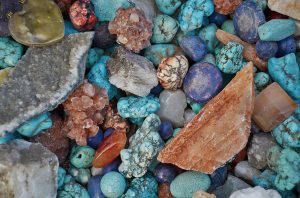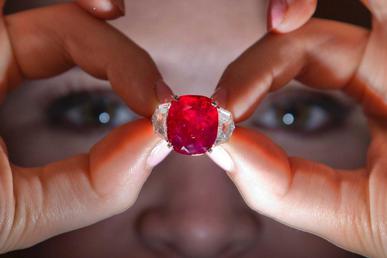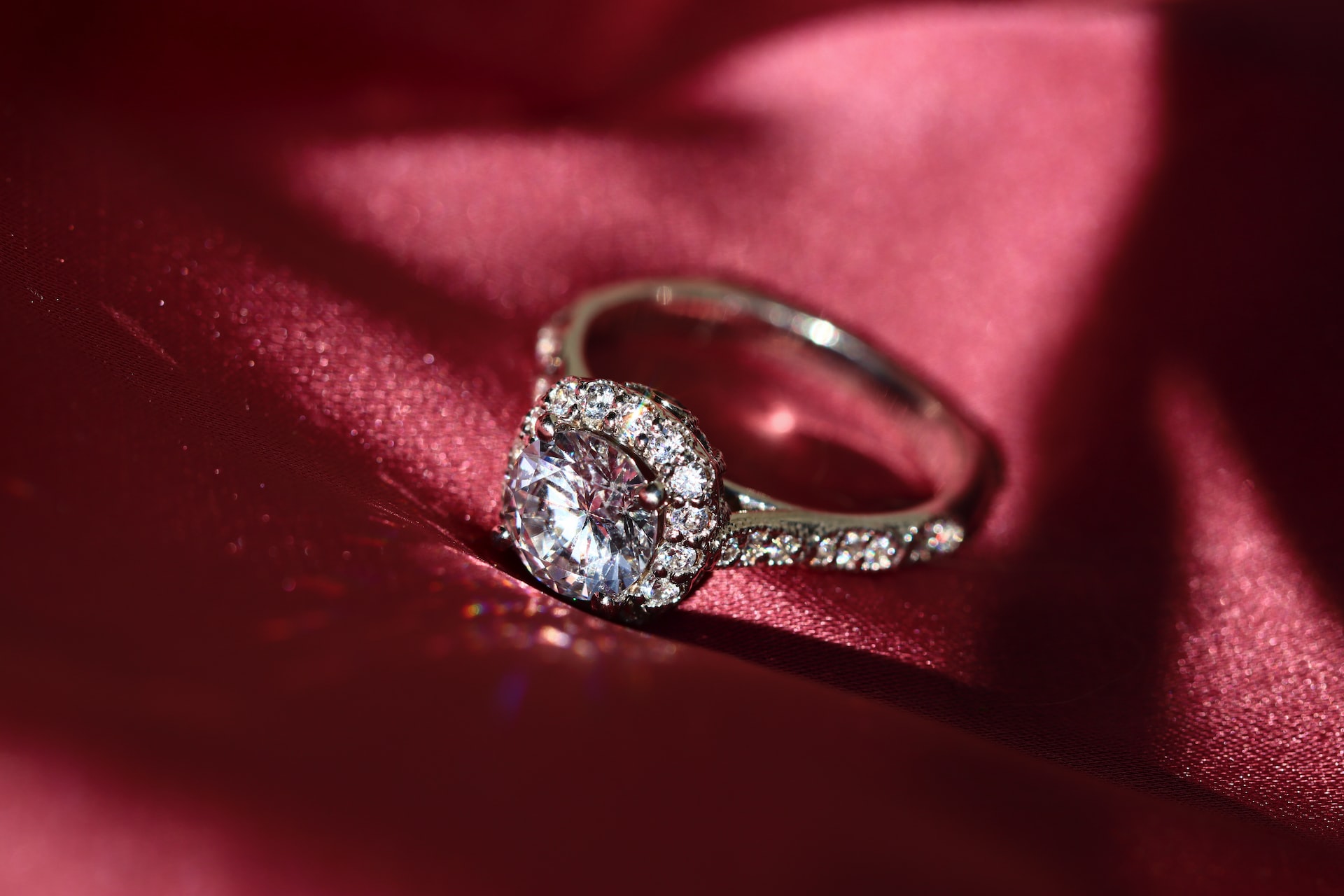Moissanite is a gemstone that has gained popularity in recent years as a less expensive alternative to diamonds. Despite its lower price point, moissanite offers many benefits and is often indistinguishable from diamonds to the naked eye. However, one question that arises when considering moissanite is, “Why is moissanite so cheap?” In this article, we will explore the reasons behind the affordability of moissanite and why it has become a popular choice for those who want the look of a diamond without a high price tag.
 The Production Process of Moissanite
The Production Process of Moissanite
Moissanite is a lab-created gemstone that is synthesized in a laboratory. The production process of moissanite involves creating conditions that mimic the high pressure and temperature required for natural diamond formation.
- Silicon carbide is heated to a very high temperature in an inert gas atmosphere, such as argon or nitrogen.
- The silicon carbide vaporizes and then condenses onto a seed crystal, which acts as a starting point for the growth of the moissanite.
- The seed crystal is then slowly rotated and pulled out of the furnace to allow the moissanite to grow layer by layer.
The production process of moissanite is significantly less complex and time-consuming than the mining process of natural diamonds. Diamond mining involves digging through tons of earth and rock to reach the diamond-containing ore, which is then extracted and processed through various methods. The mining process is labor-intensive and requires specialized equipment, making it much more costly than the production of moissanite in a laboratory.
Furthermore, natural diamonds are rare and only found in certain parts of the world, which adds to their cost. Moissanite, on the other hand, can be produced in a lab anywhere in the world, making it more accessible and less expensive than diamonds. The controlled conditions of the laboratory also allow for greater consistency in the quality and color of moissanite, which is not always the case with natural diamonds.
 Availability of Moissanite
Availability of Moissanite
The limited availability of natural diamonds is a major factor that affects their price. Diamonds are only found in certain parts of the world, and the mining process is expensive and time-consuming, which contributes to the scarcity and high cost of diamonds. In addition, the demand for diamonds is consistently high, particularly for engagement rings, which further drives up their price.
In contrast, moissanite is more readily available than diamonds because it is synthesized in a laboratory. The controlled conditions of the laboratory allow for consistent production of moissanite, making it more accessible and less expensive than diamonds. This accessibility and affordability have made moissanite a popular alternative to diamonds, particularly for those who are looking for an affordable yet high-quality option for engagement rings.
When it comes to global supply, the difference between moissanite and diamonds is significant. The annual production of diamonds is limited and subject to fluctuations in supply and demand, making them a finite resource. In contrast, the production of moissanite is more flexible and can be increased or decreased as needed. Additionally, the production of moissanite is not subject to the same geopolitical and economic factors that impact diamond mining. This means that the supply of moissanite is more stable and predictable, which contributes to its affordability.
Properties of Moissanite
Moissanite has several unique properties that make it an attractive option for those seeking a high-quality gemstone. One of its most notable properties is its high brilliance, which refers to its ability to reflect light. Moissanite also has a high refractive index, which causes it to disperse light into spectral colors, resulting in a fire-like effect. Additionally, moissanite is extremely hard, with a rating of 9.25 on the Mohs scale of hardness, making it a durable and long-lasting option for jewelry.
In terms of these properties, moissanite is often compared to natural diamonds. While diamonds have a higher refractive index, moissanite’s superior dispersion gives it a greater fire effect, making it more colorful and eye-catching. In terms of hardness, both moissanite and diamonds are considered extremely hard, with diamonds being slightly harder at 10 on the Mohs scale. However, the difference in hardness is negligible in practical terms, and both gemstones are very durable.
Another advantage of moissanite is its environmental benefits. Diamond mining can have a significant impact on the environment, causing habitat destruction, water pollution, and soil erosion. The production of moissanite in a laboratory, however, is a much more environmentally friendly process that generates less waste and pollution. In addition, the use of moissanite reduces the demand for natural diamonds, which can help to reduce the environmental impact of diamond mining.
 So, Why is Moissanite so Cheap?
So, Why is Moissanite so Cheap?
In summary, moissanite is a lab-created gemstone that is more affordable than natural diamonds due to its production process and availability. It has unique properties such as high brilliance, fire, and hardness that make it a desirable alternative to diamonds. Moissanite is also an environmentally friendly option that reduces the demand for natural diamonds and their negative impact on the environment.
Choosing moissanite over diamonds can provide significant cost savings without sacrificing quality or beauty. It is a practical and ethical choice that offers a range of benefits. Whether for an engagement ring or other jewelry, moissanite is a popular and attractive option that deserves consideration.
Want to know about the rare gems that found in Sri Lanka? Read it here.


 Availability of Moissanite
Availability of Moissanite So, Why is Moissanite so Cheap?
So, Why is Moissanite so Cheap?







